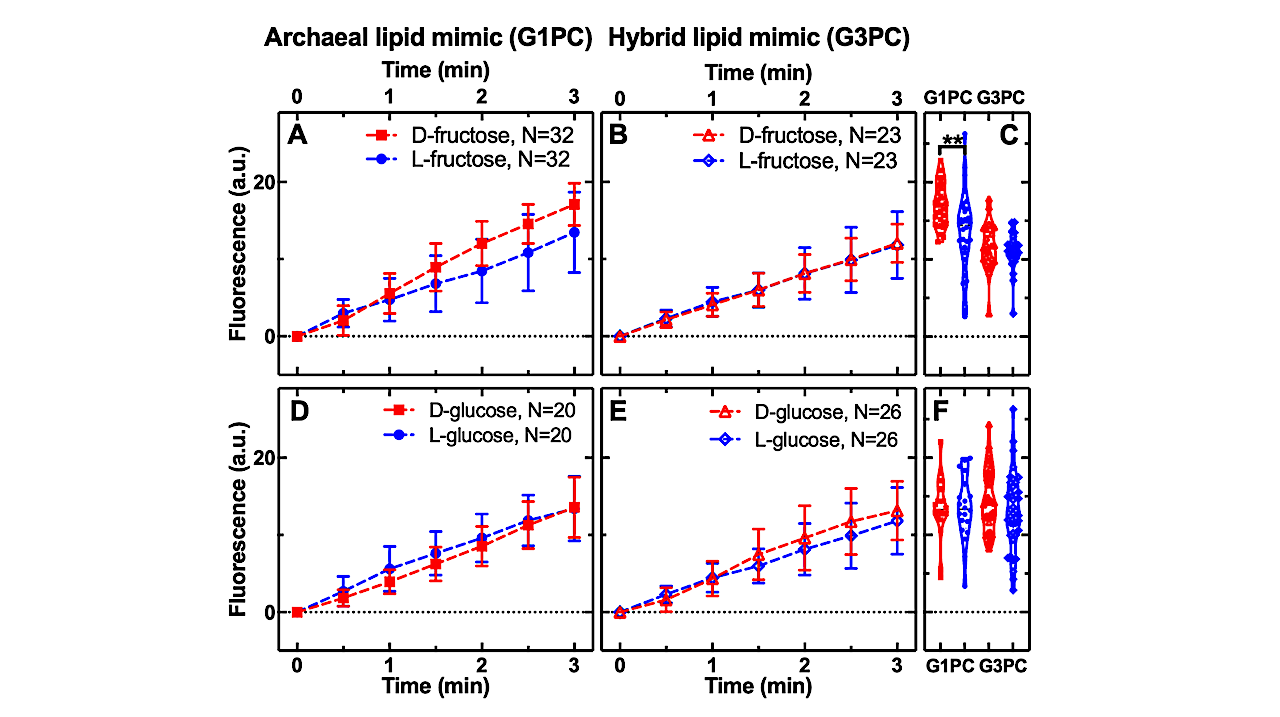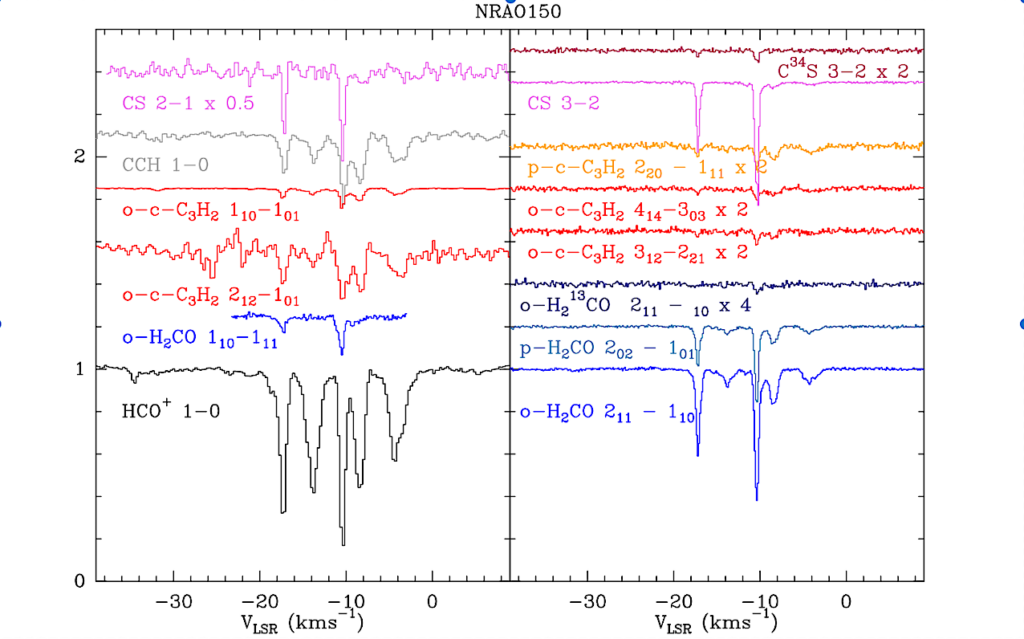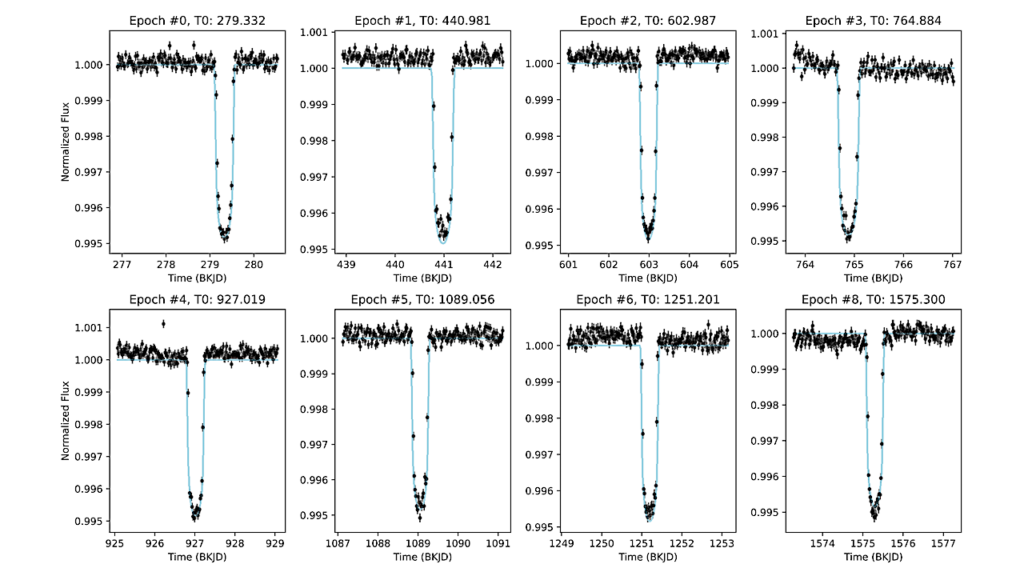Membrane Permeability Selection Drove the Stereochemistry of Life

Early in the evolution of life a proto-metabolic network was encapsulated within a membrane compartment. The permeability characteristics of the membrane determined several key functions of this network by determining which compounds could enter the compartment and which compounds could not.
One key feature of known life is the utilisation of right-handed D- ribose and deoxyribose sugars and left-handed L- amino acid stereochemical isomers (enantiomers), however, it is not clear why life adopted this specific chirality. We previously demonstrated that an archaeal and an intermediate membrane mimic, bearing a mixture of bacterial and archaeal lipid characteristics (a ‘hybrid’ membrane), display increased permeability compared to bacterial-like membranes.
Here, we investigate if these membranes can drive stereochemical selection on pentose sugars, hexose sugars and amino acids. Using permeability assays of homogenous unilamellar vesicles, we demonstrate that both membranes select for D- ribose and deoxyribose sugars while the hybrid membrane uniquely selects for a reduced alphabet of L- facing amino acids. This repertoire includes alanine, the plausible first L- amino acid utilised. We conclude such compartments could provide stereochemical compound selection thereby demonstrating a solution to the chirality problem during the evolution of life.
Membrane permeability selection drove the stereochemistry of life, biorxiv.org (open access)
Astrobiology








